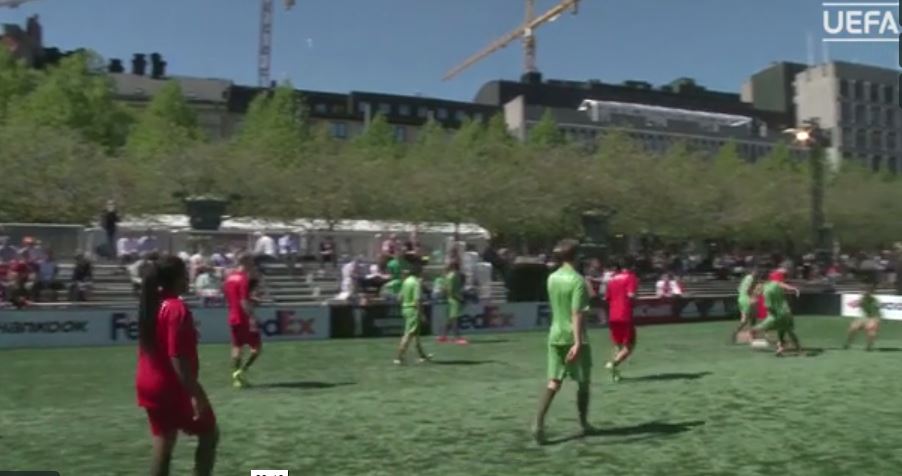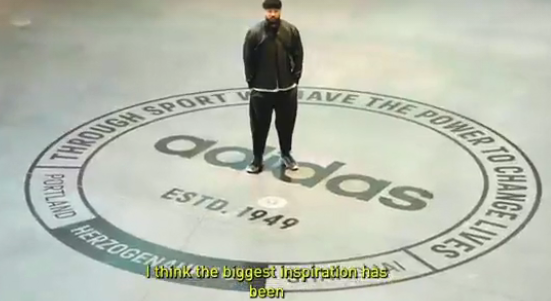The UEFA Europa League Festival showcased how colour blind people see football – from a player, fan or coach perspective – to raise awareness about this issue among the football family.
Being colour blind can be tricky in some situations, and a game of football is one of them. When a player cannot distinguish between their team-mates and the opponents due to the colour of the shirts, or a fan cannot easily recognise the team he or she supports, this impairment can lead to frustration and exclusion.
One in 12 men, and one in 200 women are colourblind: a significant share of the population. Therefore, it is important that their needs are taken into account, to make sure that football is an inclusive experience, and that colourblind players can fulfil their potential. UEFA, football associations and clubs have a responsibility to cater for all needs.
Ahead of the UEFA Europa League final, the neutral fan zone at Kungsträdgården in central Stockholm staged a game of football illustrating how colour blind people see a match. Organised in collaboration with the Swedish Football Association (SvFF), Colour Blind Awareness, the Centre for Access to Football in Europe (CAFE) and UEFA, the experience was rather striking.
The first team started the match with red shirts and the second one with bright green shirts. Halfway through the game, the teams removed their shirts to reveal olive green shirts underneath, demonstrating how red-green colour blind people often perceive these two colours. As the teams played on, the confusion was rather blatant for players and fans, and red and green are not the only colours that can cause problems.
Norway coach Lars Lagerbäck, who is colour blind himself, watched the match and said: “Being colour blind is maybe not the biggest problem you can have, but it’s important that everybody is aware that you have difficulties distinguishing between different colours, especially red and green. Football associations can, of course, help by not using red and green in particular, because they’re the two most difficult colours to distinguish between for colour blind people.”
This first public initiative will be followed by many others across Europe, such as the imminent release of a colour blind guidance document by England’s Football Association (FA).
Football is only just starting to appreciate and raise awareness of the difficulties faced by the colour blind in the game, and to formulate ways to address their issues.

















